The Lion's Mound (French: Butte du Lion, lit. "Lion's Hillock/Knoll"; Dutch: Leeuw van Waterloo, lit. "Lion of Waterloo") is a large conical artificial hill in the municipality of Braine-l'Alleud, Walloon Brabant, Belgium. King William I of the Netherlands ordered its construction in 1820, and it was completed in 1826. It commemorates the spot on the battlefield of Waterloo where the king's elder son, the Prince of Orange, is presumed to have been wounded on 18 June 1815, as well as the Battle of Quatre Bras, which had been fought two days earlier.
The hill offers a vista of the battlefield, and is the anchor point of the associated museums and taverns in the surrounding Lion's Hamlet (French: Hameau du Lion; Dutch: Gehucht met de Leeuw). Visitors who pay a fee may climb up the mound's 226 steps, which lead to ...Read more
The Lion's Mound (French: Butte du Lion, lit. "Lion's Hillock/Knoll"; Dutch: Leeuw van Waterloo, lit. "Lion of Waterloo") is a large conical artificial hill in the municipality of Braine-l'Alleud, Walloon Brabant, Belgium. King William I of the Netherlands ordered its construction in 1820, and it was completed in 1826. It commemorates the spot on the battlefield of Waterloo where the king's elder son, the Prince of Orange, is presumed to have been wounded on 18 June 1815, as well as the Battle of Quatre Bras, which had been fought two days earlier.
The hill offers a vista of the battlefield, and is the anchor point of the associated museums and taverns in the surrounding Lion's Hamlet (French: Hameau du Lion; Dutch: Gehucht met de Leeuw). Visitors who pay a fee may climb up the mound's 226 steps, which lead to the statue and its surrounding overlook (where there are maps documenting the battle, along with observation telescopes); the same fee also grants admission to see the painting Waterloo Panorama.
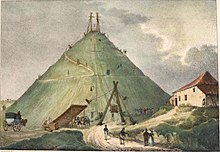 The erection of the Lion's Mound, 1825. Engraving by Jobard, after a Bertrand drawing.[a]
The erection of the Lion's Mound, 1825. Engraving by Jobard, after a Bertrand drawing.[a]The Lion's Mound was designed by the royal architect Charles Vander Straeten, at the behest of King William I of the Netherlands, who wished to commemorate the location on the battlefield of Waterloo where a musket ball hit the shoulder of his elder son, King William II of the Netherlands (then Prince of Orange), and knocked him from his horse during the battle, on 18 June 1815.[1] It is also a memorial of the Battle of Quatre Bras, which had been fought two days earlier, on 16 June 1815. The engineer Jean-Baptiste Vifquain conceived of it as a symbol of the Allied victory rather than as glorifying any sole individual.[2] The construction took place between 1823 and October 1826. The lion's statue was hoisted and placed on its pedestal at the top of the mound on the evening of 28 October 1826.[3]
Though tourism to the site had already begun the day after the battle, with Captain Mercer noting that, on 19 June 1815, "a carriage drove on the ground from Brussels, the inmates of which, alighting, proceeded to examine the field",[4] the monument's success only dates from the second half of the 19th century. In 1832, when Marshal Gérard's French troops passed through Waterloo to support the siege of the Citadel of Antwerp, which was still held by the Dutch, the lion's statue was almost toppled by the French soldiers. They even broke its tail.[5] It was not until 1863–64 that the promenade at the top of the hill was developed and the staircase built.
Later historyOn 14 January 1999, landslides occurred on the Lion's Mound on the side of the Panorama building.[6] Similar damage occurred in 1995 and was repaired by driving 650 micro-piles.[7]
On 21 May 2015, the Waterloo 1815 Memorial was inaugurated to mark the bicentenary of the Battle of Waterloo, at a cost of around €40 million, including renovation of adjacent structures.[8][9] Since then, there has been a fee for access to the Lion's Mound, which is only accessible via the nearby museum. On 28 February 2019, a concession contract was signed entrusting the site's tourism operation to the French company Kléber Rossillon until 2035, in return for an annual fee of €365,000 and two variable fees on turnover.[10][11]
Cite error: There are <ref group=lower-alpha> tags or {{efn}} templates on this page, but the references will not show without a {{reflist|group=lower-alpha}} template or {{notelist}} template (see the help page).
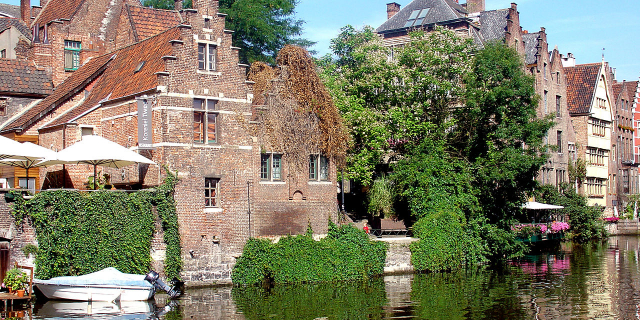



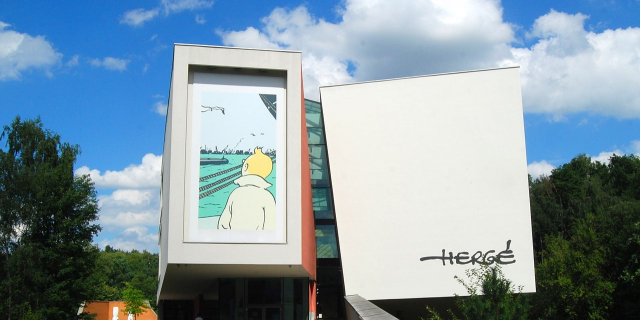

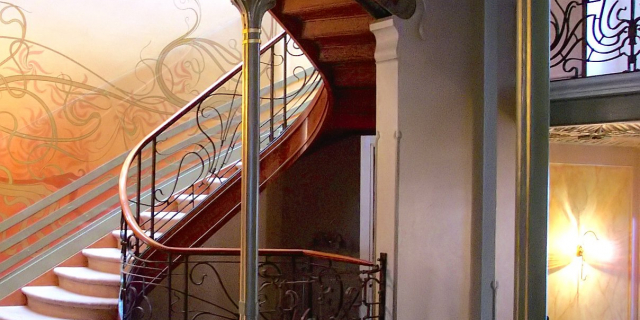



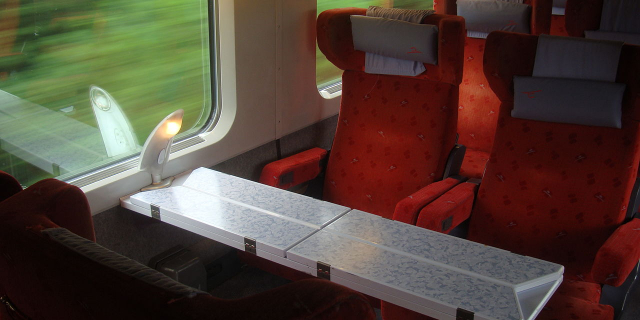

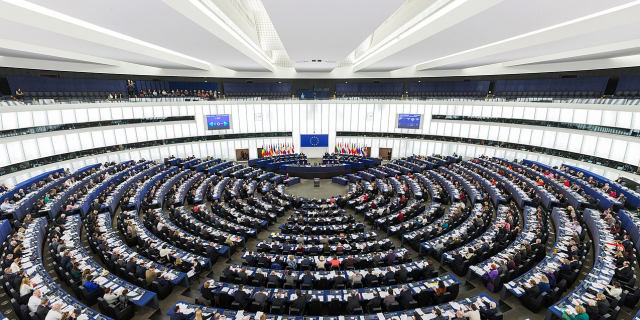




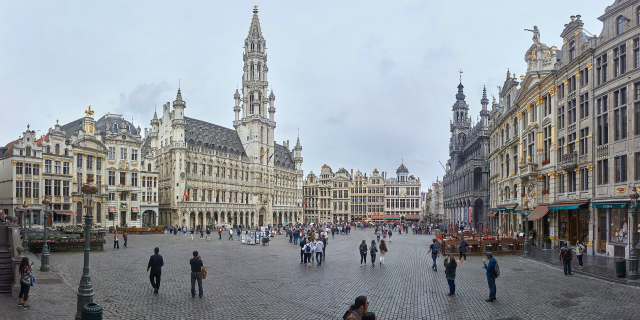

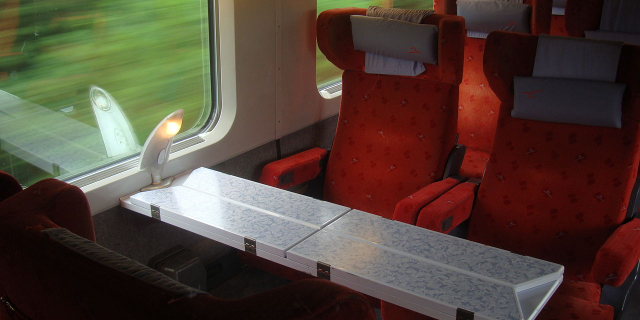





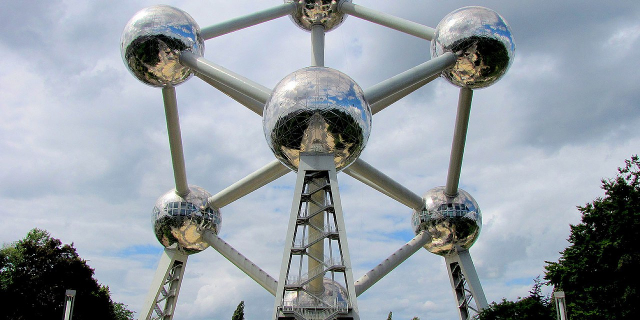
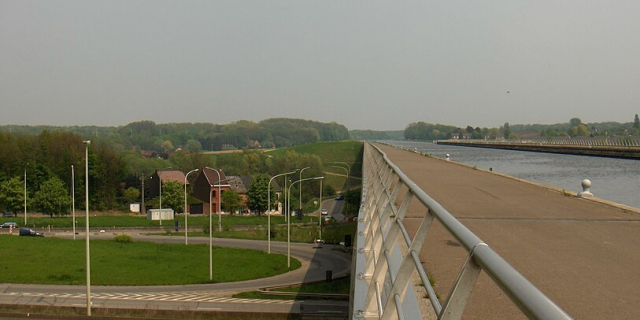



![Lennart Tange - CC BY 2.0 [node:title]](/sites/default/files/styles/640x320/public/pla/images/2021-03/1280px-Powerplant_IM_Cooling_Tower.jpg?h=1c9b88c9&itok=SSU-Pgh7)
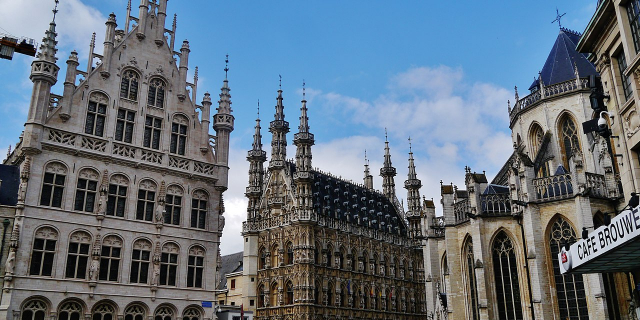
Add new comment